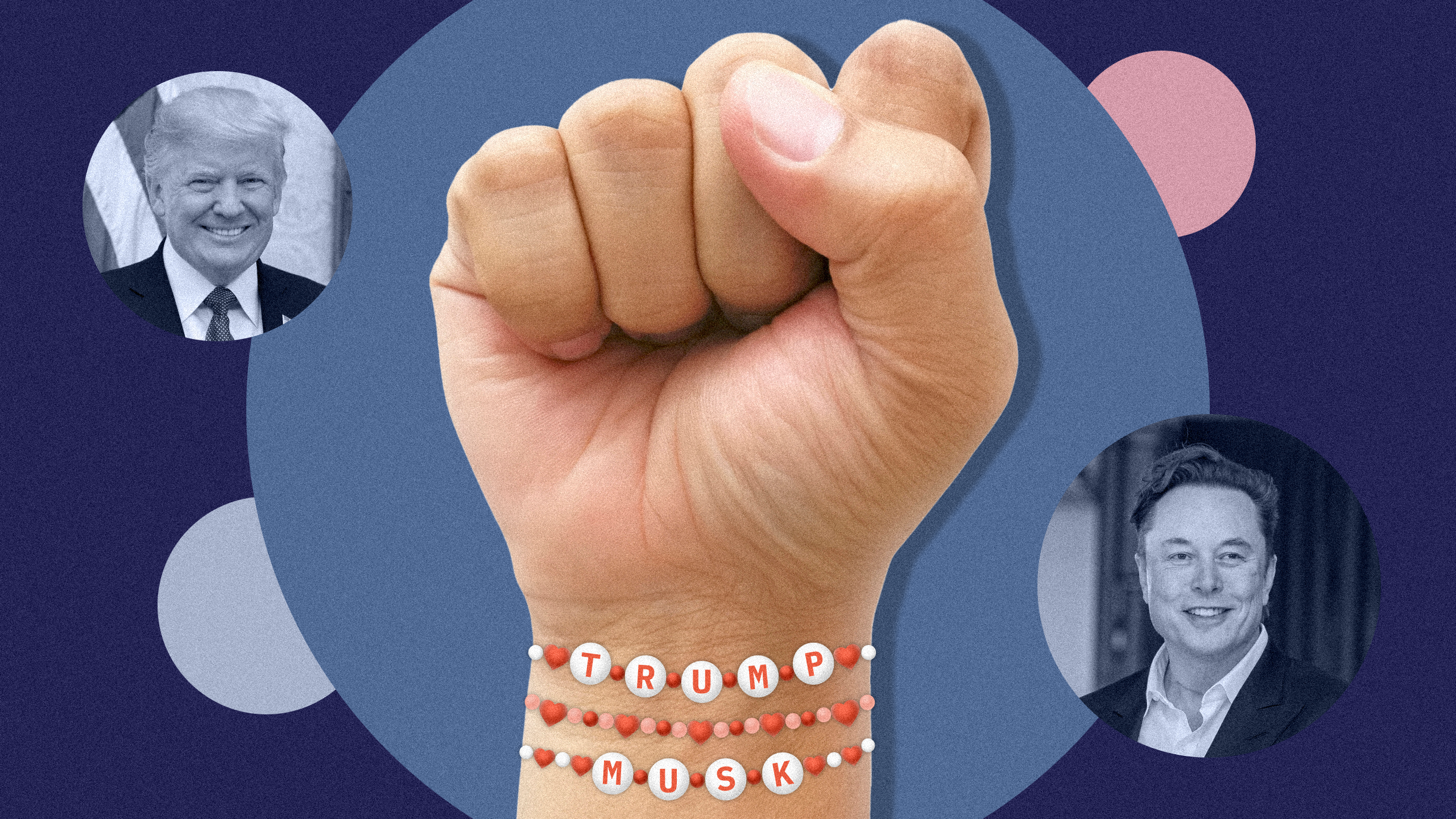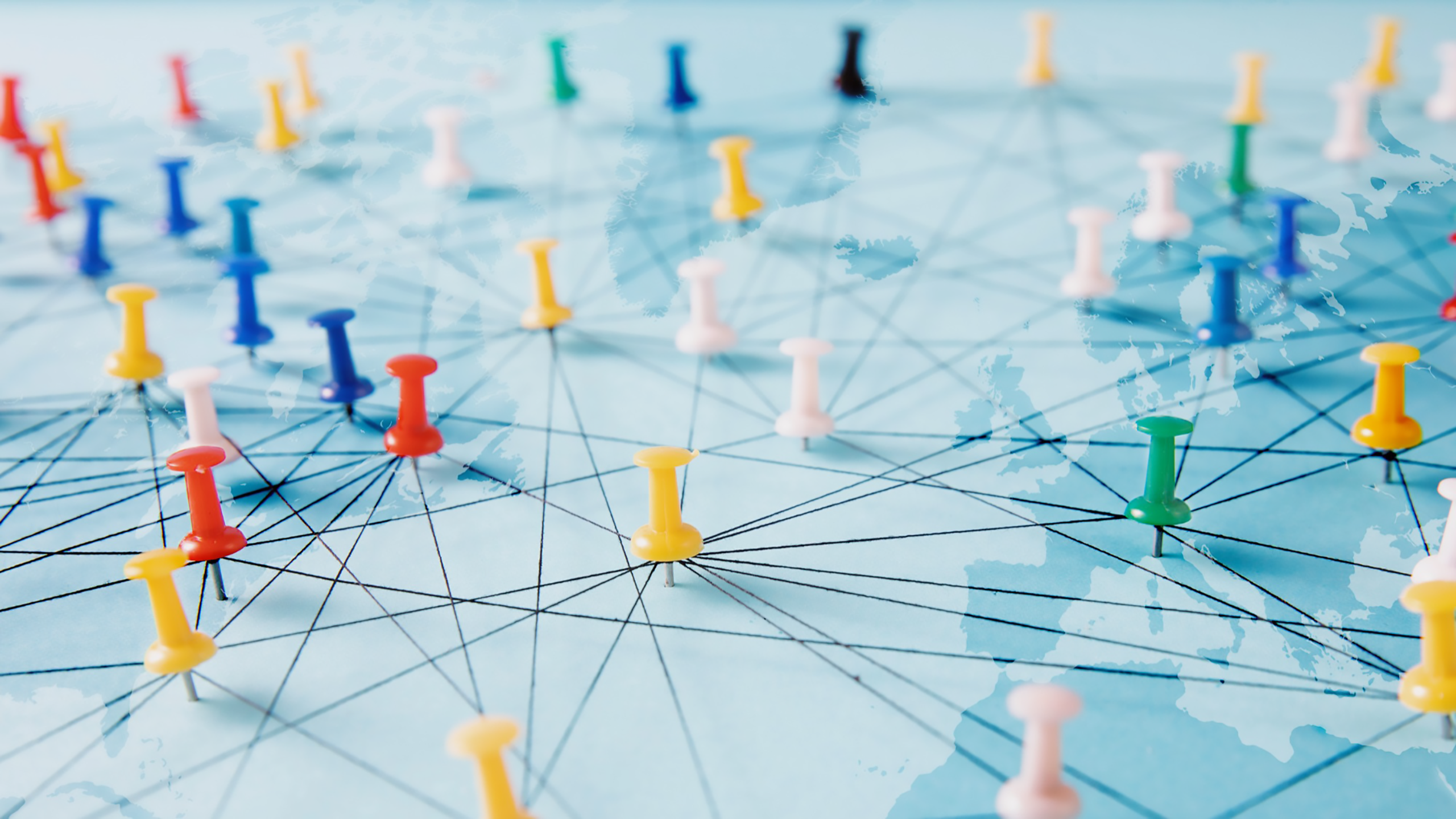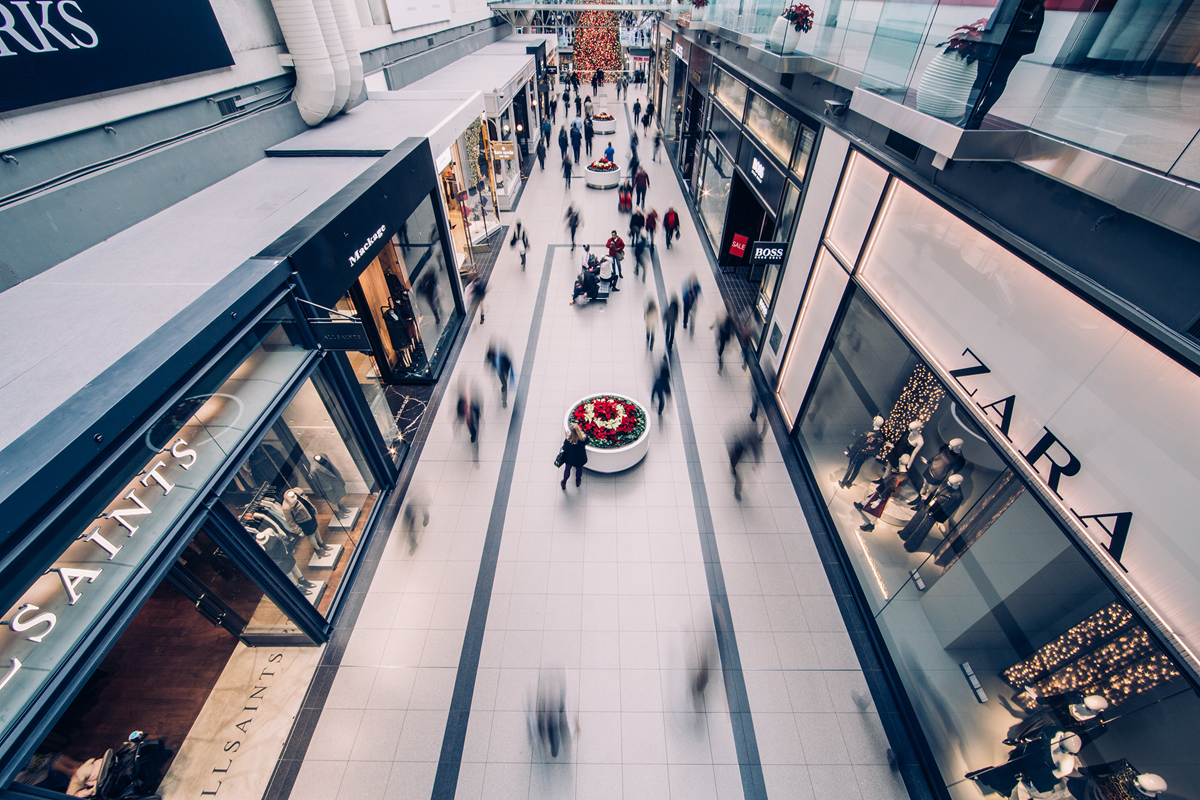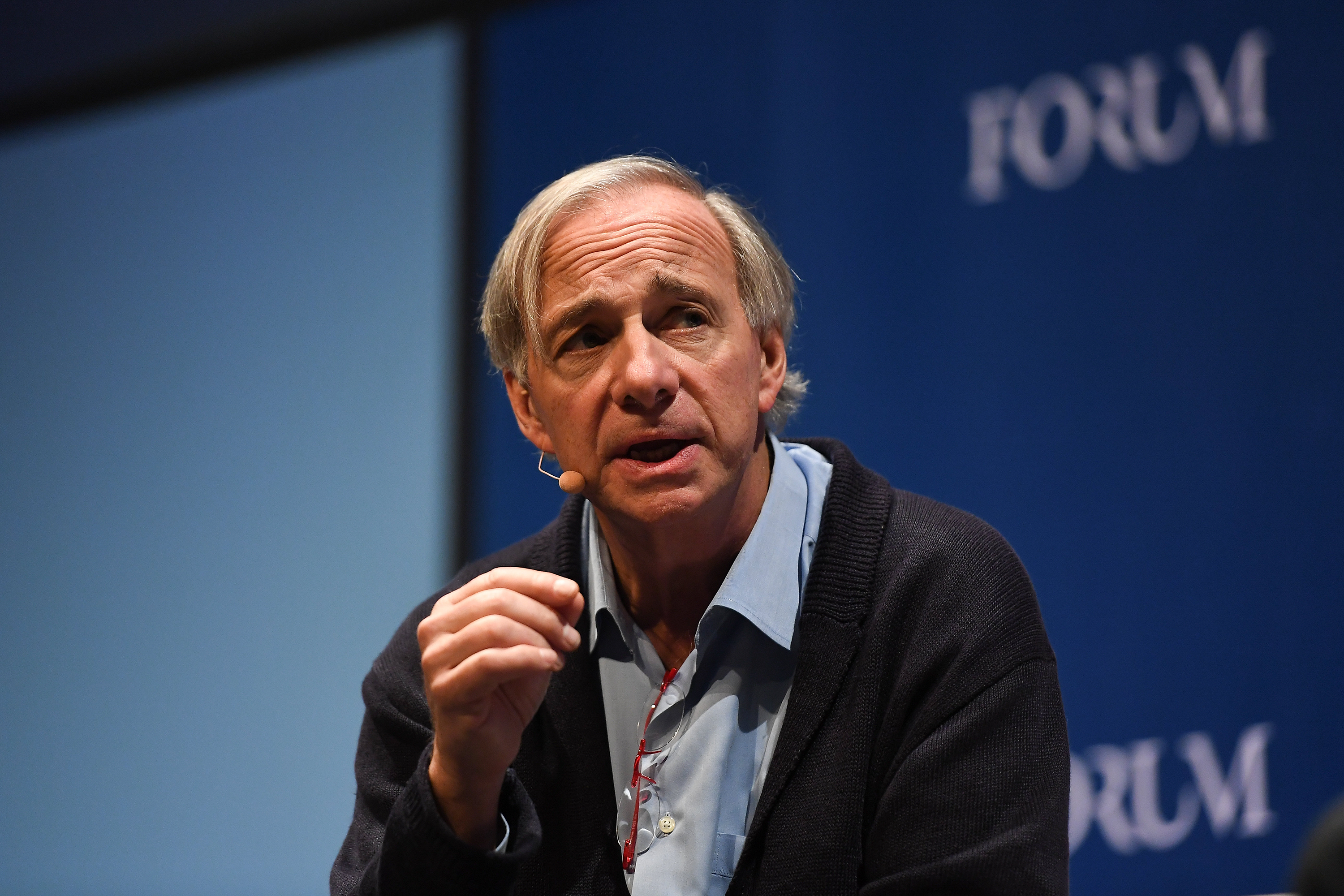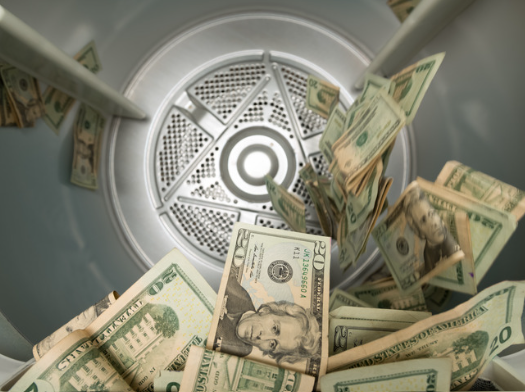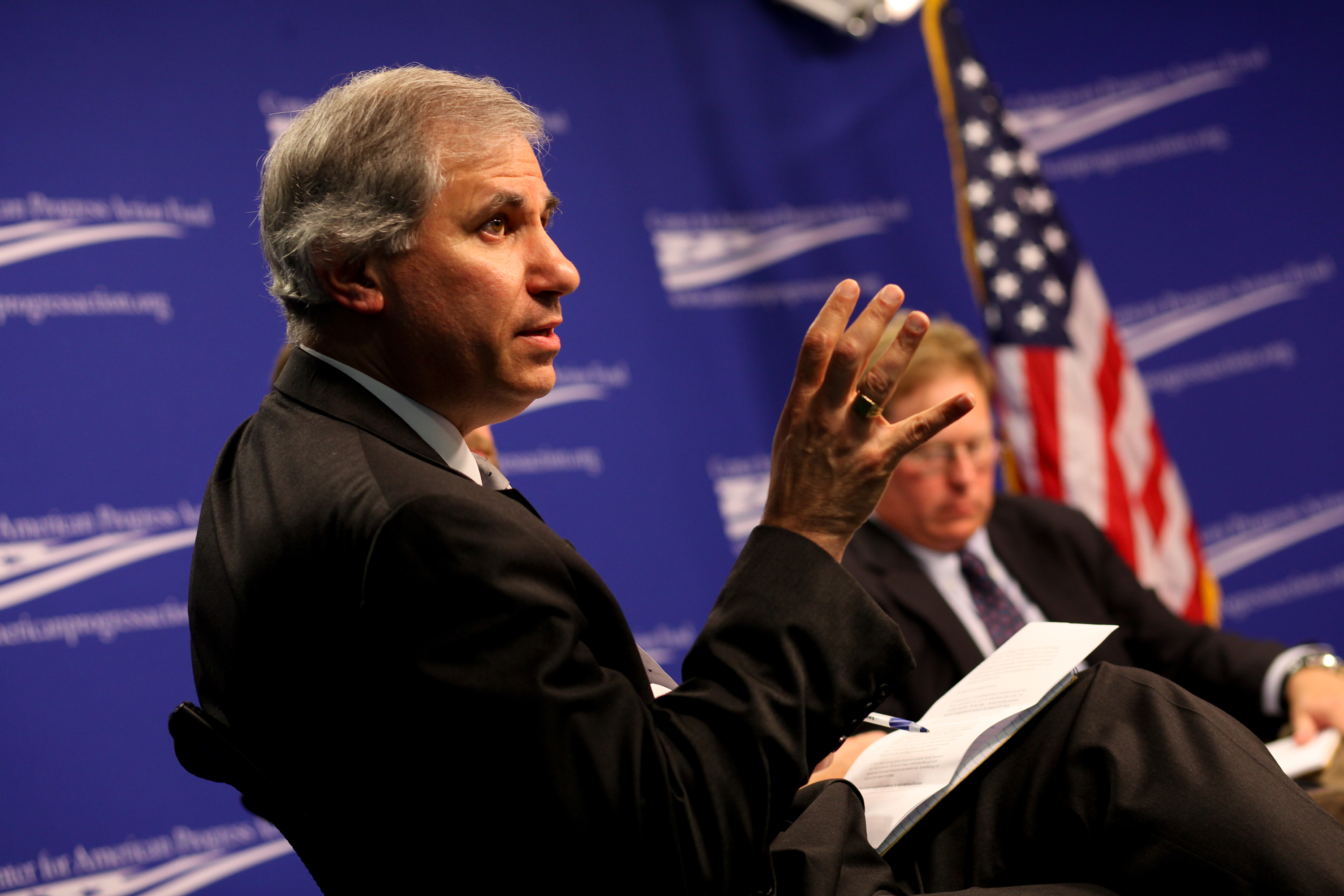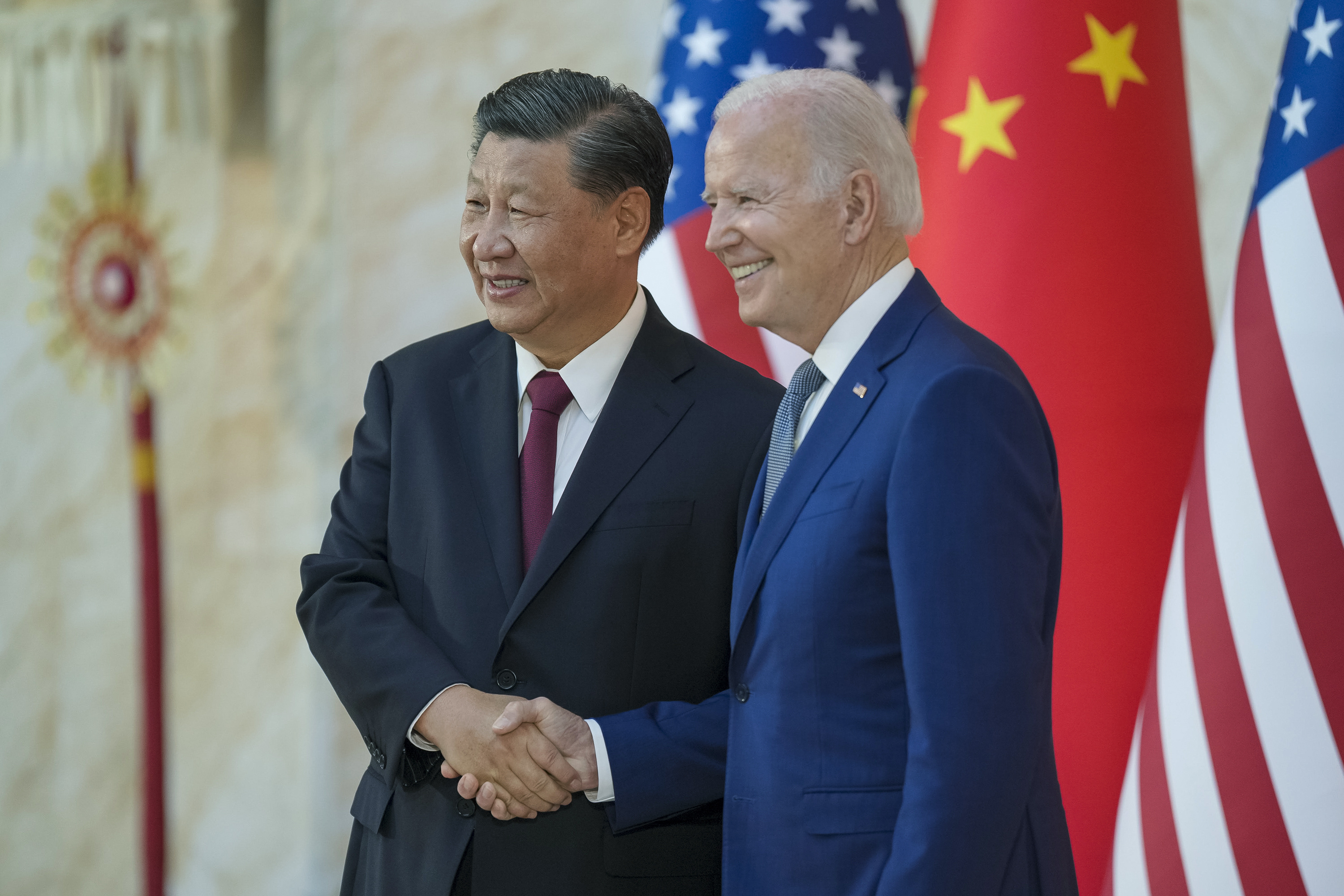Power Corridor
Exclusive news, analysis and commentary on the power players shaping our economy and country in both Washington DC and Wall Street.
-
America’s in a Crypto State of Mind for Trump’s Second Term
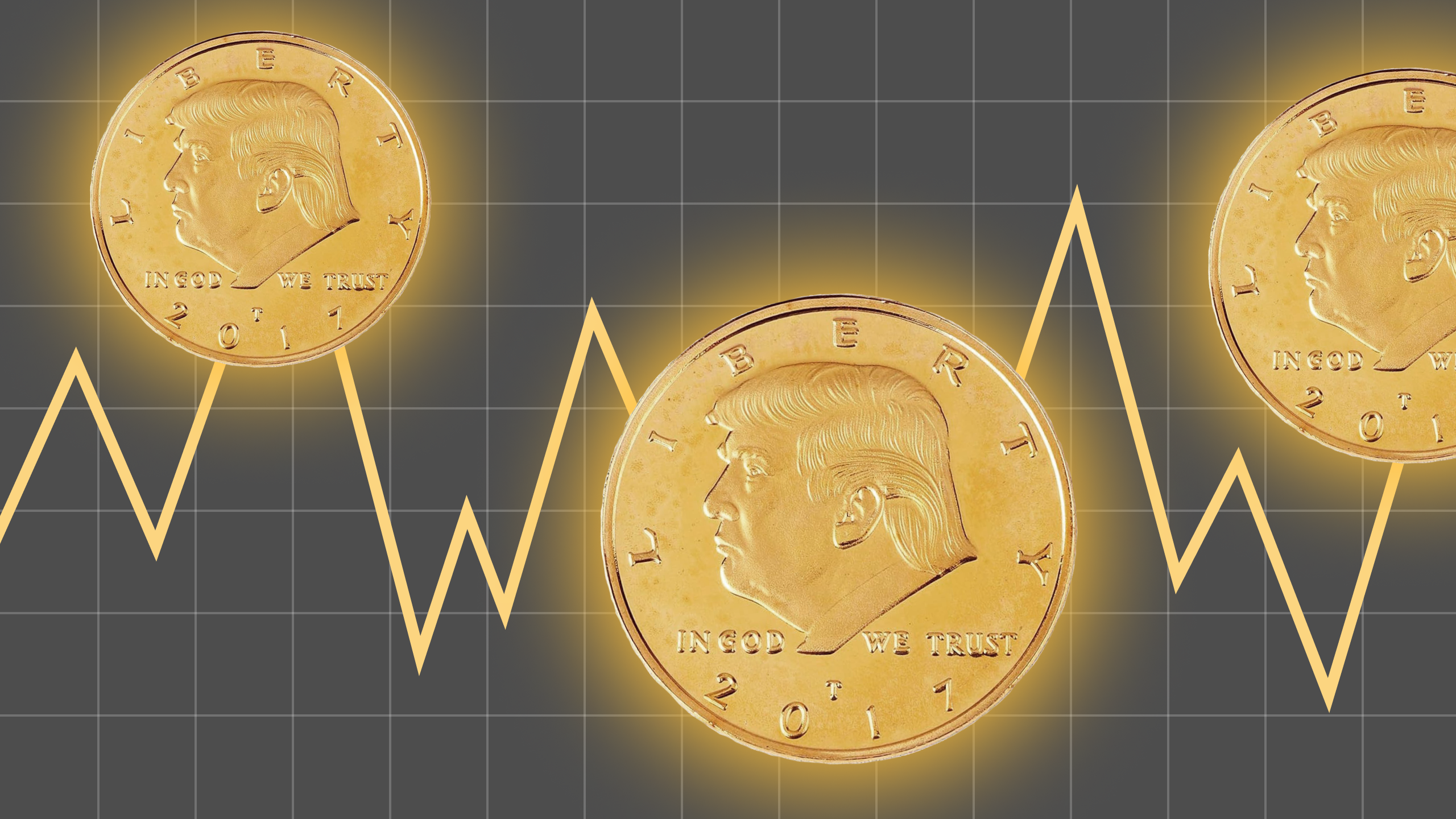
Photo illustration by Connor Lin / The Daily Upside -
The Bounds of Trump’s Friendship with Elon Musk

Photo illustration by Connor Lin / The Daily Upside, Photos by Shealah Craighead and Justin Pacheco via Public Domain, Retouchman via iStock -
The King’s Conundrum

Photo by Katie Chan via CC BY-SA 4.0 -
The Great Talent Crisis

-
Hedge Funds, A.I., and Media Wars

Photo via Freepik -
After Stormy Waters, Will Fed Get A Glide Path?

-
How the Biggest Themes of the Year Will Hold Sway Over 2024

-
Climate Change Turbulence Stalks Record Holiday Air Travel

-
Crypto Bros Can’t Kill Crypto

-
El Niño Ravages Land and Sea, Slamming Markets

-
Why Wall Street Is Betting On Nikki Haley

Photo by Gage Skidmore under CC BY-SA 2.0 -
Risk On…Despite Everything?

-
U.S. Holiday Spending Smashes Records, But Cash Crunch Seen Ahead

Photo by Burst on Pexels -
Why This Year’s Black Friday Matters

-
‘If You’re So Smart, Why Aren’t You Rich?’

-
OpenAI: It’s Complicated

Photo by TechCrunch under CC BY 2.0 -
The Comeuppance of (Another) Crypto Kingpin

-
Artificial Intelligence Is the New Gold Rush

Artificial Intelligence Is the New Gold Rush -
What’s Afoot At the FDIC?

Photo by the Center for American Progress Action Fund under CC BY-ND 2.0 -
Biden-Xi: An Elaborately Choreographed Thaw

Photo by the Executive Office of the President of the United States under Public Domain
